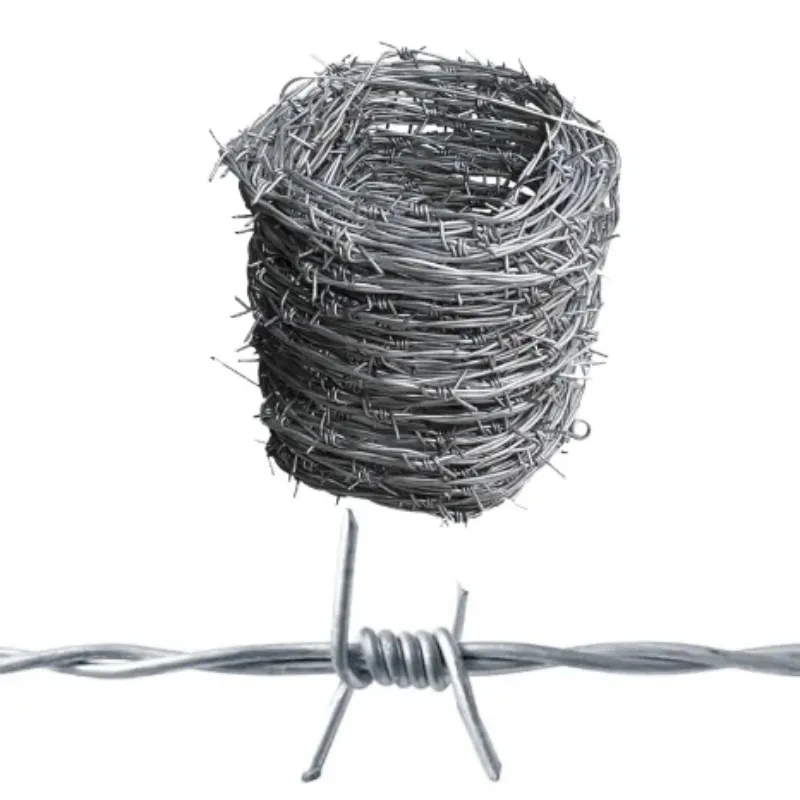-
 Phone:
Phone: -
 Email:
Email:

Exploring the Differences Between Razor Wire and Barbed Wire for Security Applications and Uses
Understanding Razor Wire and Barbed Wire
Razor wire and barbed wire are two forms of fencing material widely recognized for their security applications. These types of wire are used globally to protect properties from intruders, enhance security in prisons, and deter animals on farms. Despite similarities, razor wire and barbed wire differ in design, effectiveness, and specific applications. This article will explore both types of wire and their roles in security.
Barbed Wire An Overview
Barbed wire, developed in the late 19th century, consists of two or more strands of wire twisted together with sharp barbs protruding at regular intervals. The design of barbed wire is relatively straightforward; it discourages passage by creating a physical barrier that can inflict injury to anyone attempting to cross it. Commonly used in agricultural settings, barbed wire suited early ranchers who needed to contain livestock and mark boundaries.
While effective for its intended use, barbed wire is often considered less secure compared to modern alternatives. It is relatively straightforward to cut or climb, making it less appropriate for high-security applications. However, it remains prevalent due to its low cost and ease of installation.
Razor Wire A More Advanced Option
Razor wire, often referred to as concertina wire, is a more advanced security solution. Unlike traditional barbed wire, razor wire features sharp blades with a design that can tear through clothing and skin easily. This makes it significantly more intimidating and challenging to breach. Razor wire is usually coiled and can be deployed in multiple layers, enhancing its effectiveness as a deterrent.
razor wire and barbed wire

One of the primary advantages of razor wire is its high level of security. It is commonly used in military facilities, prisons, and high-security perimeters where preventing unauthorized access is crucial. The design allows fences to be taller and more formidable without needing the substantial height of traditional fencing materials, which might be visually unappealing.
Applications and Effectiveness
The applications for both barbed wire and razor wire vary significantly based on the level of security required. Barbed wire fences are often found in rural settings, providing an adequate barrier to keep livestock within boundaries and deter casual trespassers. Conversely, razor wire serves as a crucial component of security infrastructure in environments requiring heightened protection, such as correctional facilities or the perimeters of airports.
The effectiveness of these fencing solutions is not solely reliant on the material itself. Factors such as installation and maintenance play a critical role in ensuring they serve their intended purpose. Proper installation of razor wire requires expertise to maximize its deterrence capability. Poorly installed barriers, whether barbed or razor wire, can compromise security, allowing breaches that would otherwise be prevented.
Conclusion
In summary, both razor wire and barbed wire are valuable tools in securing properties and protecting assets. While barbed wire remains a cost-effective solution for low-security applications, razor wire introduces an enhanced level of safety that meets the demands of high-security environments. Ultimately, understanding the differences between these two types of wire helps individuals and organizations make informed decisions when designing their security protocols. As security needs evolve, so too will the technologies and materials used to meet them, ensuring that the principles of safety and deterrence remain at the forefront of security fencing solutions.
-
Reinforce Your Projects with Versatile Hexagonal Wire MeshNewsSep.12,2024
-
PVC WireNewsSep.12,2024
-
Maximize Your Closet Space with Clothes Hanger WireNewsSep.12,2024
-
Enhance Safety and Stability with Premium Rock Netting SolutionsNewsSep.12,2024
-
Bucket Handle WireNewsSep.12,2024
-
Baling Wire: Your Ultimate Solution for Securing and BundlingNewsSep.12,2024
-
What’s the Cost of Securing Your Property? Breaking Down Barbed Wire Fence PricesNewsAug.30,2024








